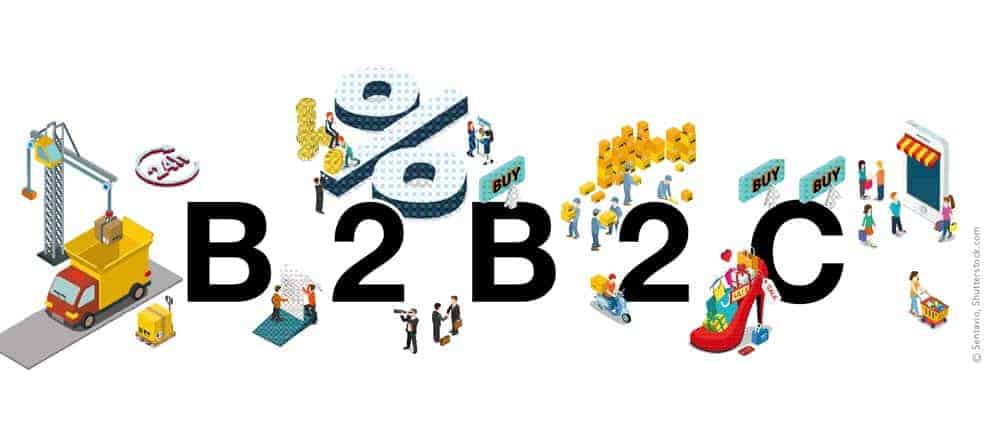Optimal allocation of goods in the omnichannel


In a society that has less and less time, the shopping experience must also be as efficient as possible. Some want to shop online in the most time-efficient way possible, while others want to spend the time available for a shopping trip in the city center sifting through and trying on the widest possible range of products.
From a retailer's point of view, this is a complex challenge, because the right item has to be presented in the right place at the right time. With SAP UDF (Unified Demand Forecast), SAP Allocation Management (AMR) and the soon to be released SAP Replenishment Planning, SAP offers ready-made solutions to master these tasks. But how mature are these?
The basis for optimal merchandise allocation is a meaningful forecast of gross sales. Since the first version of CAR (Customer Activity Repository), SAP has delivered the SAP UDF component, whose algorithms incorporate many years of retail expertise.
Initially, the focus was very much on food retail, but in recent years SAP has delivered some functionality for fashion retailers.
Thus, the algorithms can be used to calculate a size distribution key that individually forecasts for each point of sale which variants of a product are likely to be sold on which day.
In our experience, it must be stated at this point that the SAP UDF forecast engine is lived forecast practice. We can only recommend retailers with SAP in use to get involved with SAP UDF.
A forecast that is as accurate as possible is the basis for optimal merchandise allocation - but only half the battle. Based on the current inventory situation in the distribution center, the incoming goods, and the different conditions in the store, a decision must be made as to which goods and in what quantity are to be delivered to the store and when.
For this purpose, SAP delivered the first version of SAP AMR at the end of 2016, based on SAP CAR. In the standard version, SAP AMR offers various strategies for the demand-based allocation of goods.
In the event of underdelivery by suppliers (for example, due to production bottlenecks or damaged goods), high-turnover stores can be prioritized.
In the current releases, SAP provides functionalities that allow allocation with reference to promotions. The presentation capacities on site in the respective store can also be taken into account so that, if possible, the optimally suitable products are allocated in the suitable quantity.
Based on our project experience in the SAP AMR environment, we have found that the solution provides many functionalities that retailers can use to make their own merchandise allocation fit for their customers' requirements.
An important part of the goods allocation is the ordering of the right goods in the optimal quantity from the supplier. The tried and tested SAP F&R (Forecast and Replenishment) solution is used to carry out replenishment, including ordering.
Technically this is a very mature product, technically it is more of a dusted typewriter that does its job very well and reliably, but the technology and operation is getting on in years.
SAP will take the first step from typewriter to printer in 2020, when, according to current plans, the first version of Replenishment Planning based on SAP CAR will be introduced, offering replenishment for stores.
It remains to be seen when SAP will provide a "multifunction printer" in the form of replenishment for stores and distribution centers, including multi-echelon.
This is something that various end customers are demanding and - in my opinion - would be the logical next step. But then, dear SAP, not only in 2025 or 2027!





